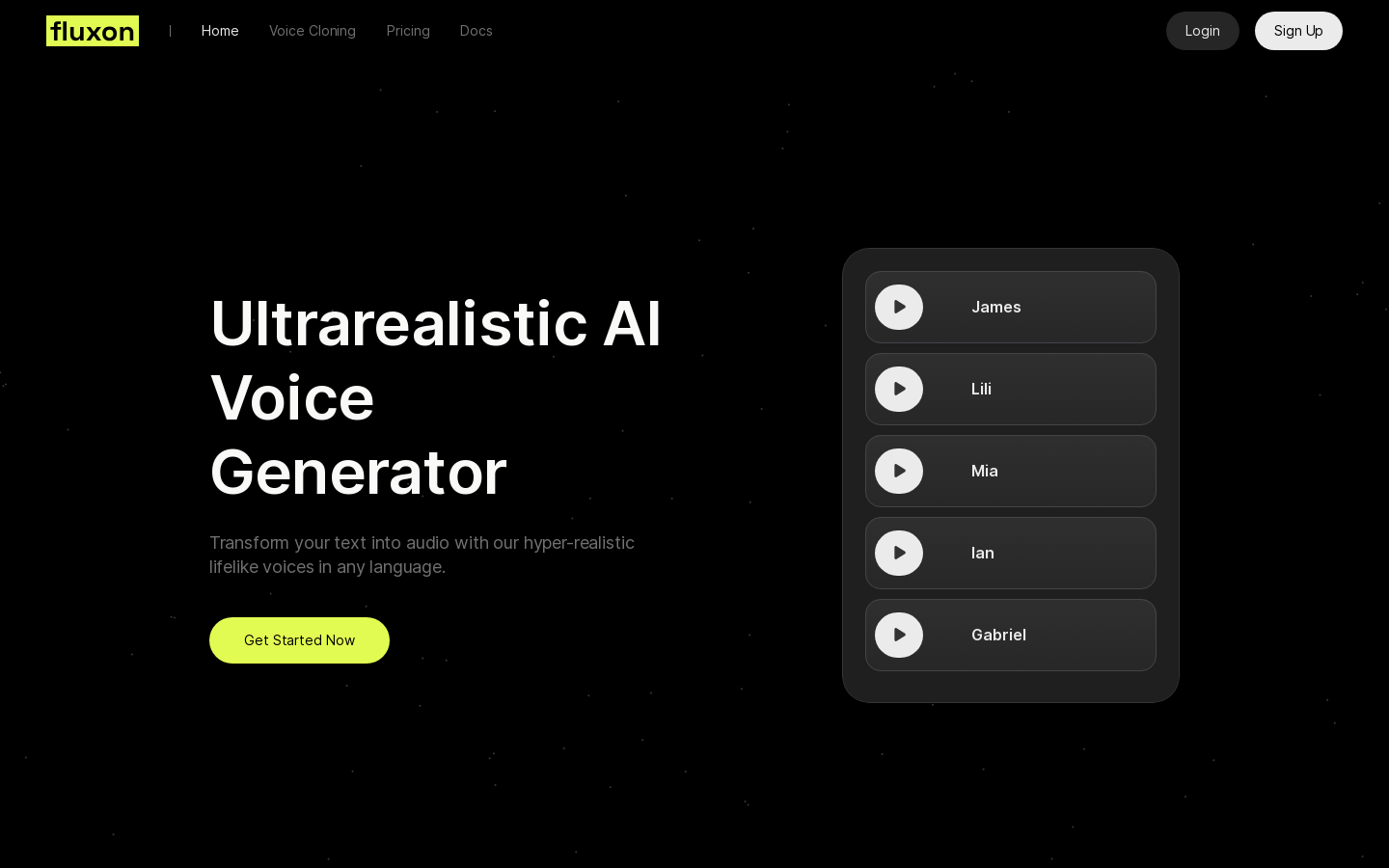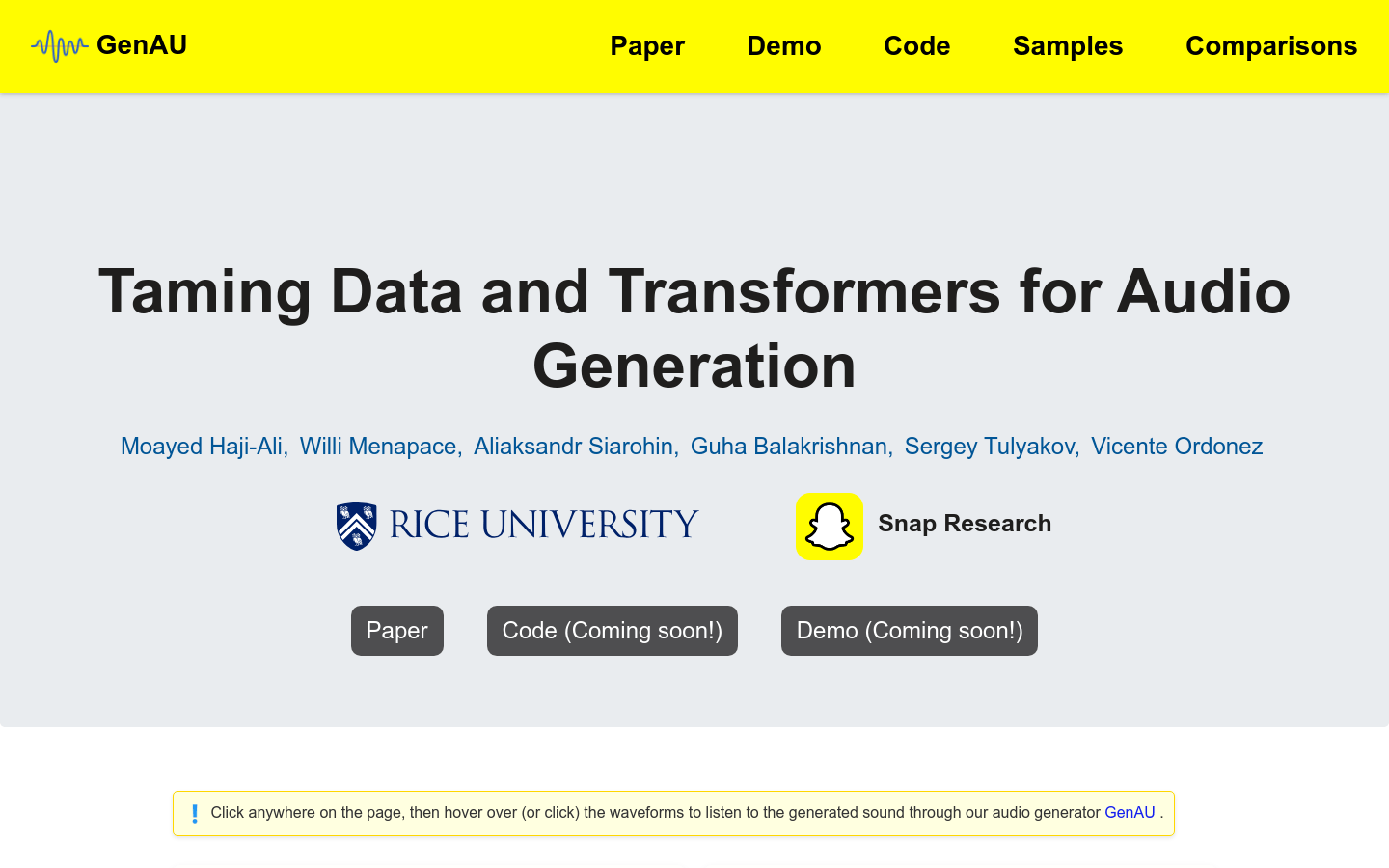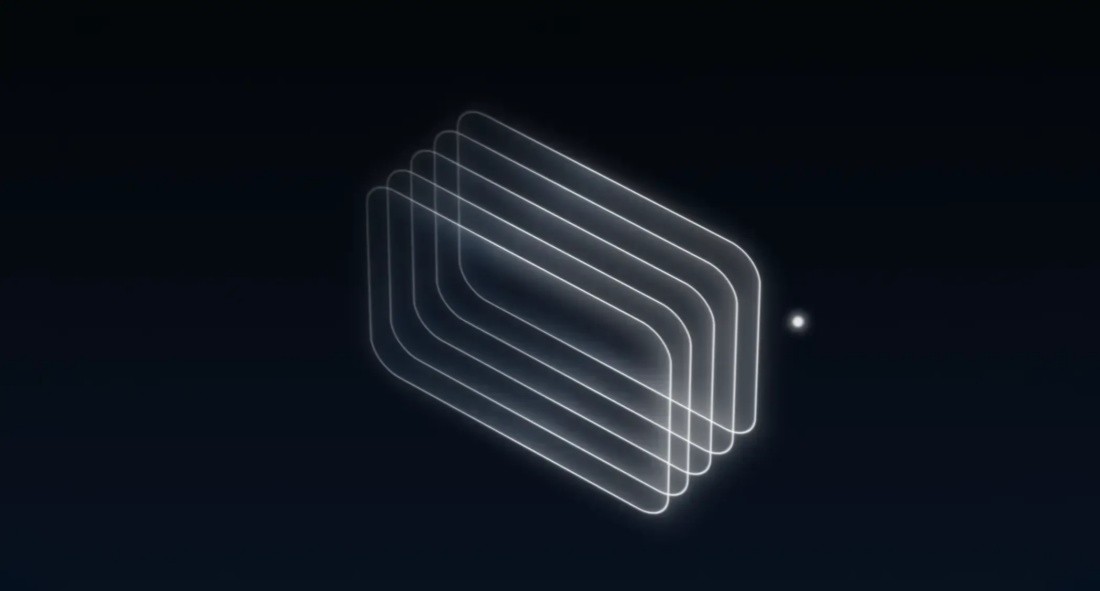
Audio-SDS is a framework for applying the concept of Score Distillation Sampling (SDS) to audio diffusion models. This technology enables the use of large pre-trained models for multiple audio tasks such as physically guided impact sound synthesis and prompt-based source separation without the need for specialized data sets. Its main advantage is that through a series of iterative optimizations, complex audio generation tasks become more efficient. This technology has a wide range of application prospects and can provide a solid foundation for future audio generation and processing research.
Demand population:
" Audio-SDS is suitable for audio engineers, music producers, and researchers and can help them quickly generate and process audio content in creation and experimentation. The flexibility and unsupervised nature of the technology make it an important tool in the field of audio processing."
Example of usage scenarios:
Separate vocals and background music from mixed audio with Audio-SDS .
Use Audio-SDS to generate high-quality physical impact sound for gaming or movie sound design.
Use Audio-SDS to adjust the parameters of the synthesizer in music production to achieve ideal tone.
Product Features:
Audio Source Separation: Separate mixed audio into multiple independent sources by prompting guidance.
Physical guided synthesis: Generate impact sound based on physical models, suitable for various audio synthesis scenarios.
FM synthetic parameter tuning: Achieve richer tone design by optimizing parameters.
Unsupervised learning: Use pre-trained models directly without the need for special training data sets.
Real-time audio rendering: It can generate audio instantly based on user input prompts.
Supports multiple audio types: Suitable for a variety of audio generation tasks, including instruments and ambient sounds.
Efficient generation performance: Update audio generation parameters through backpropagation to improve generation quality.
Tutorials for use:
Visit Audio-SDS 's official website to get relevant documents and examples.
Prepare to mix the audio and define the source prompts to be separated.
Enter the mixed audio into the Audio-SDS model and set the parameters.
Run the model and wait for the separated audio to be generated.
Adjust the parameters as needed and repeat the steps to optimize the generation effect.







